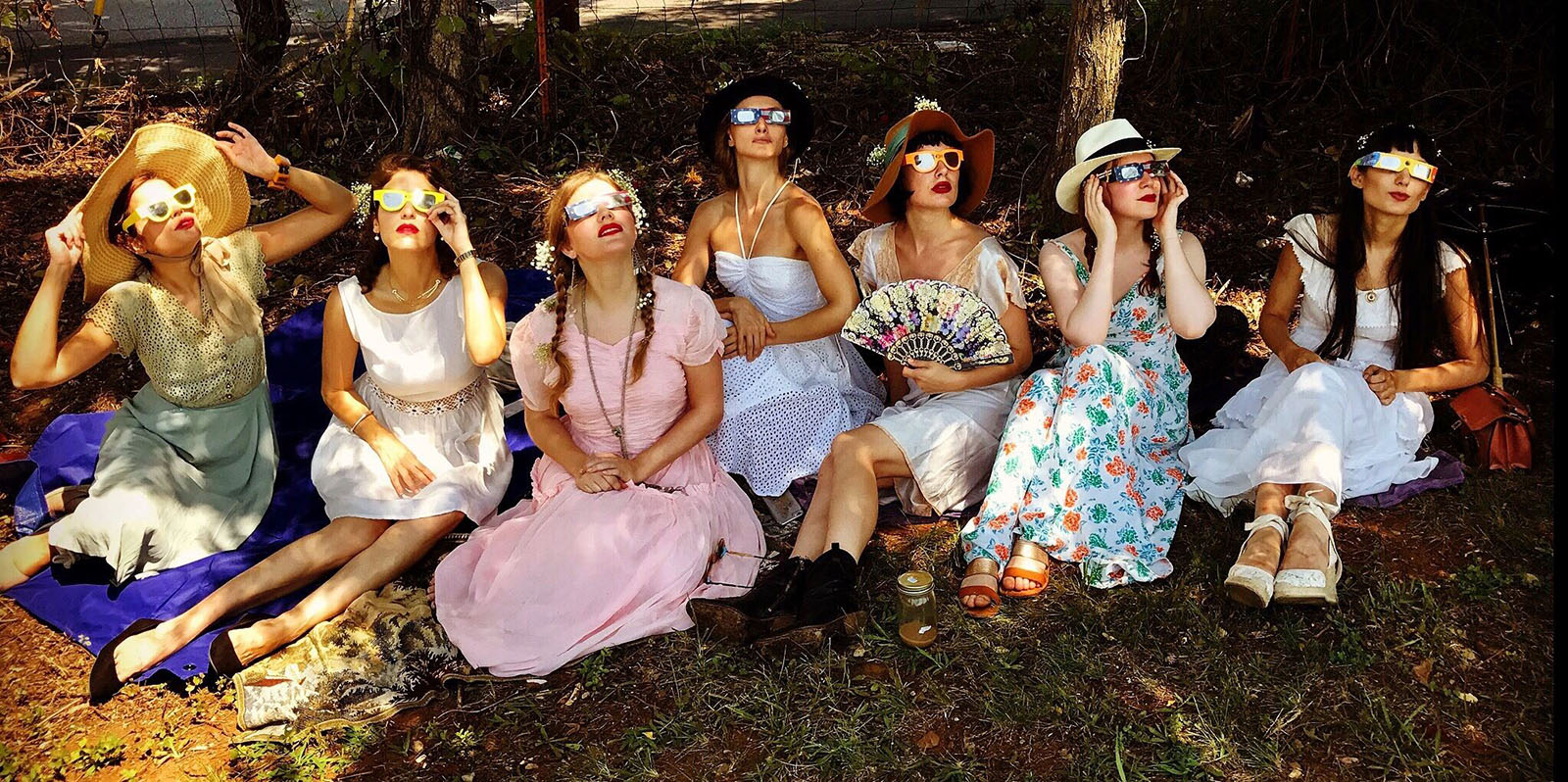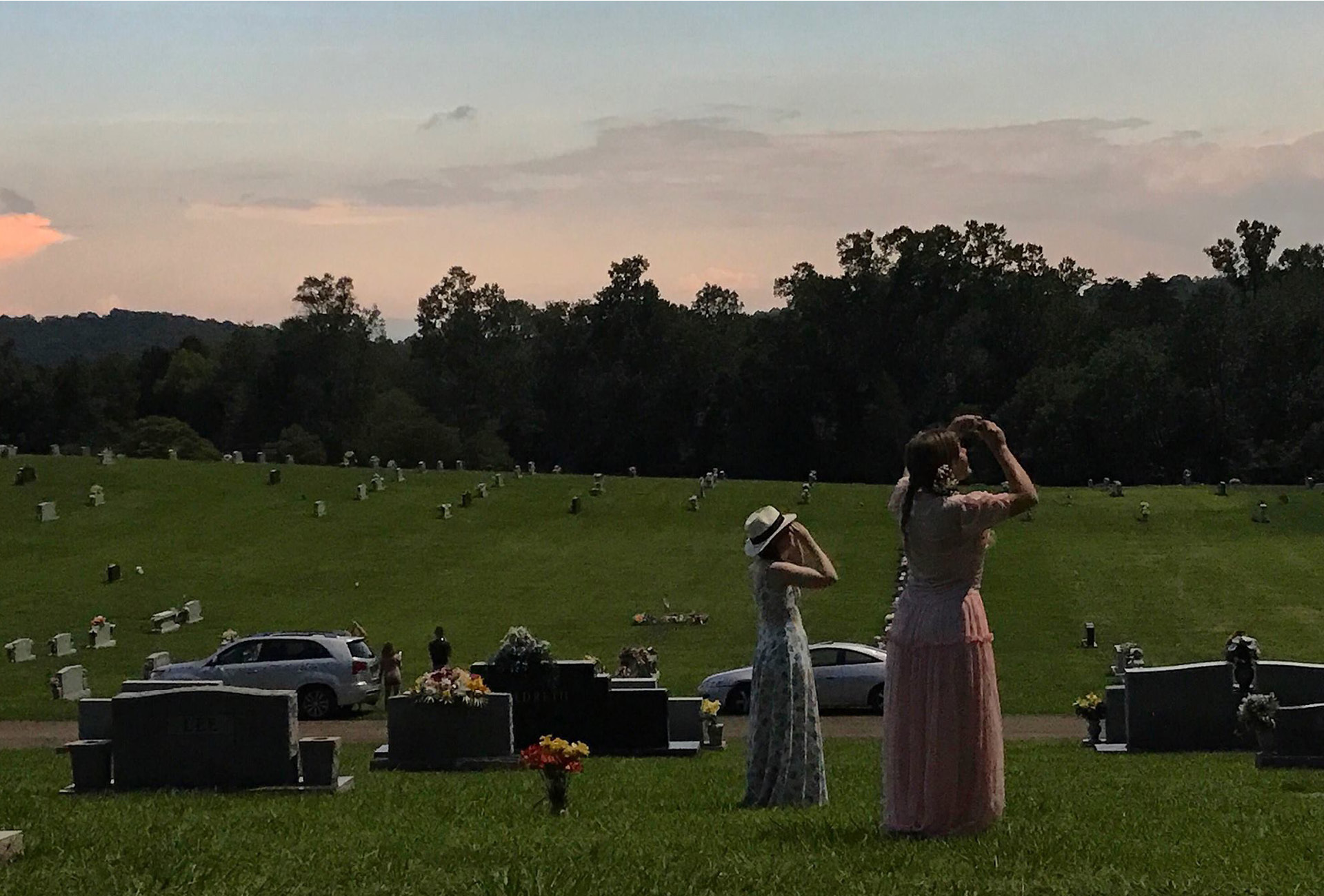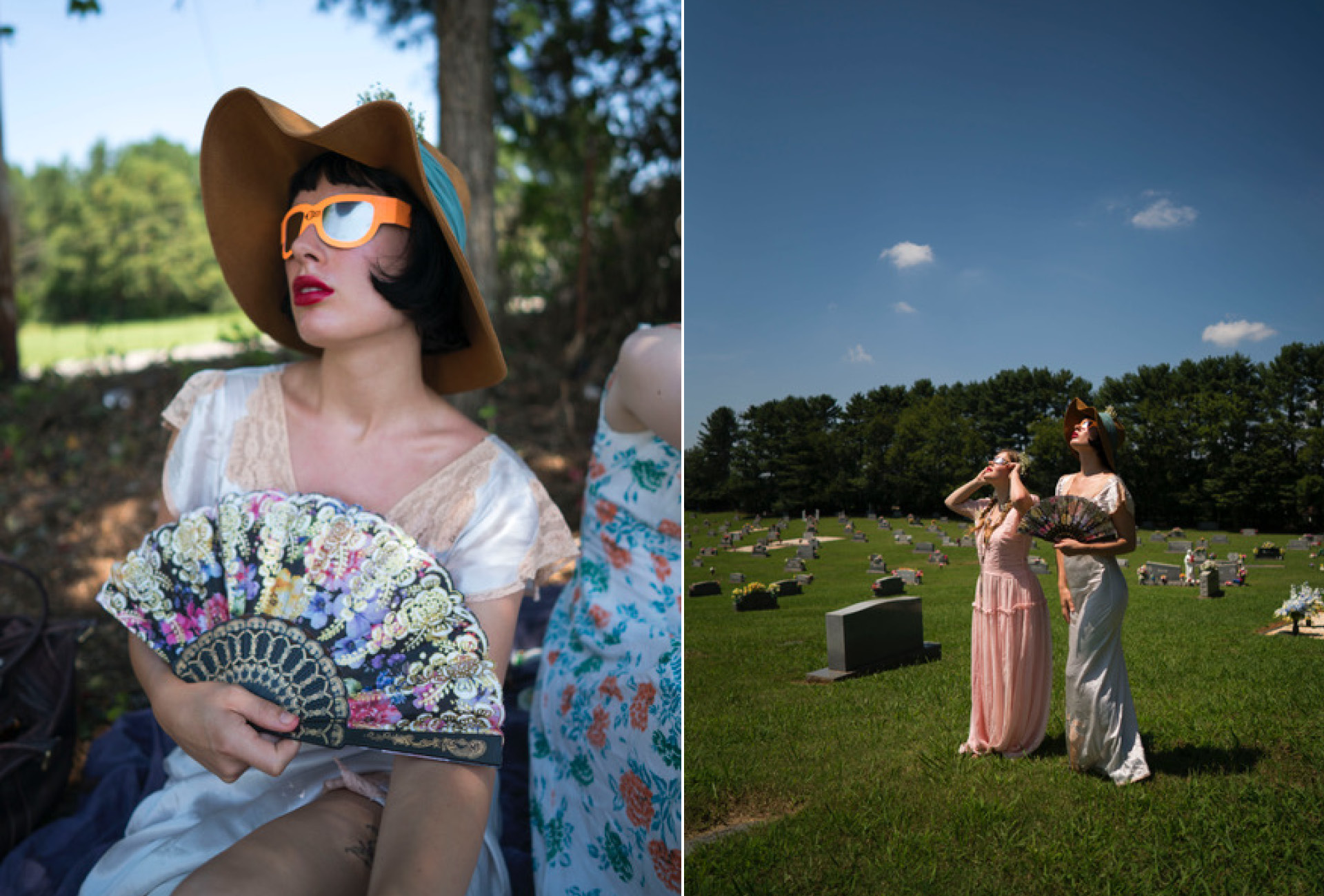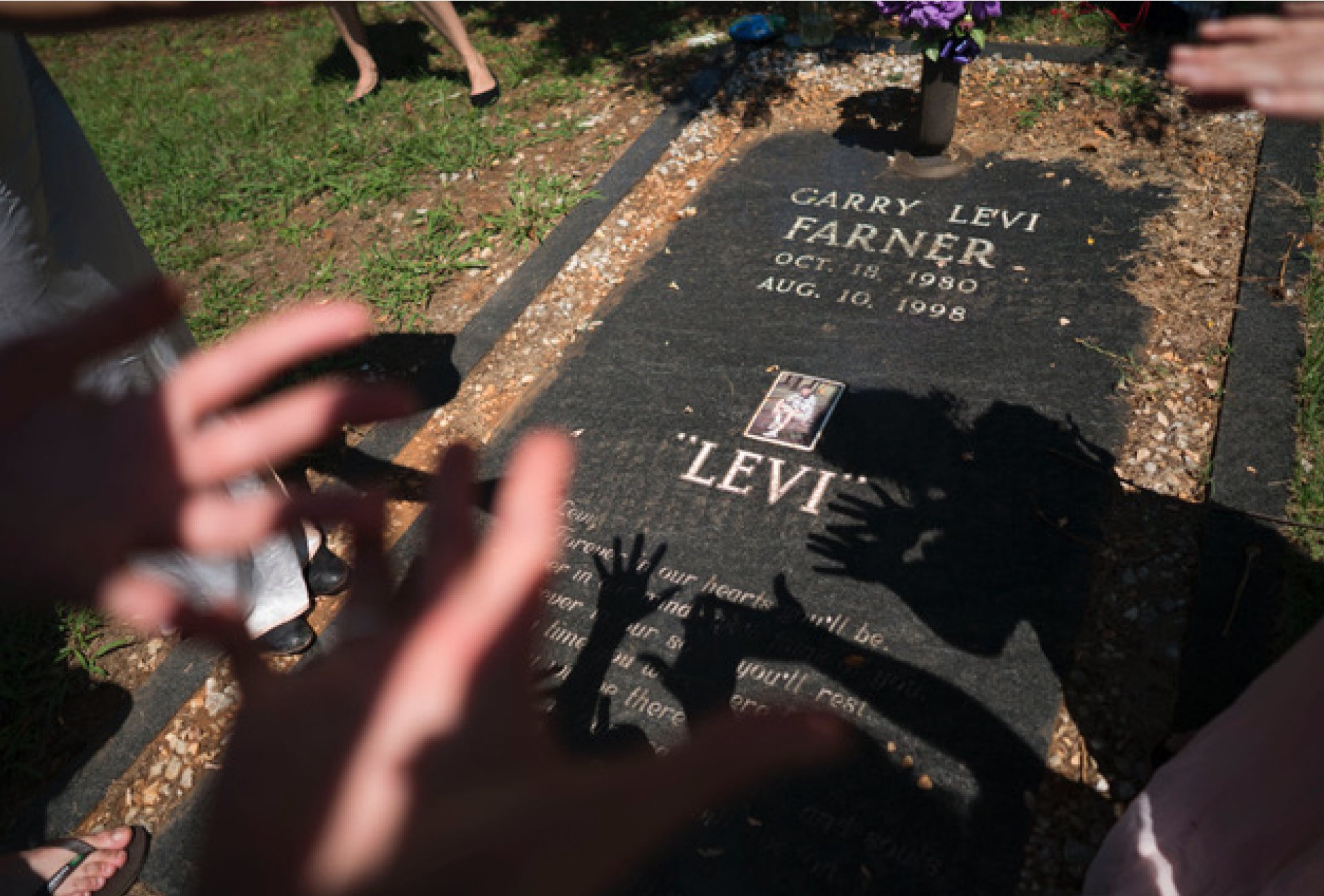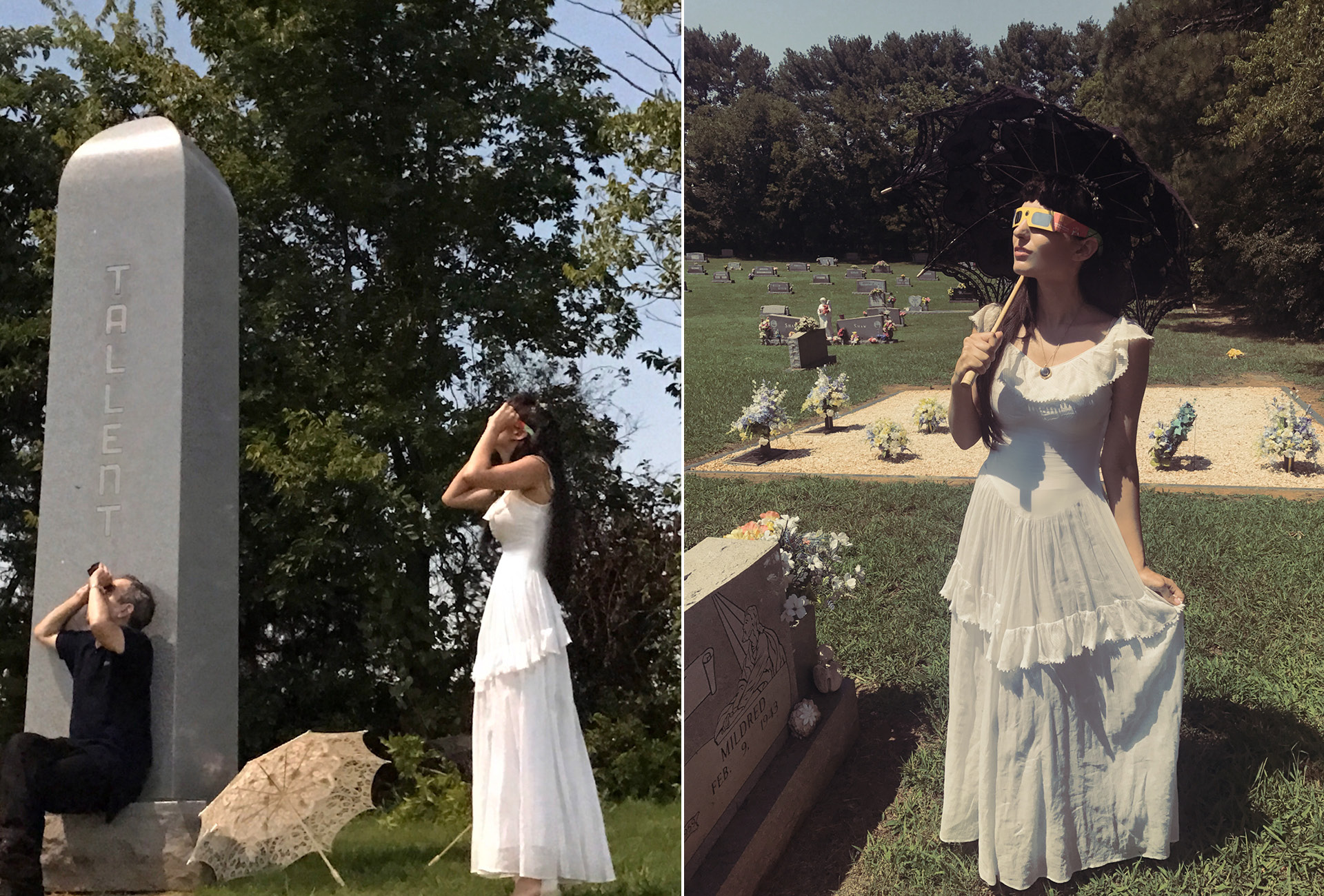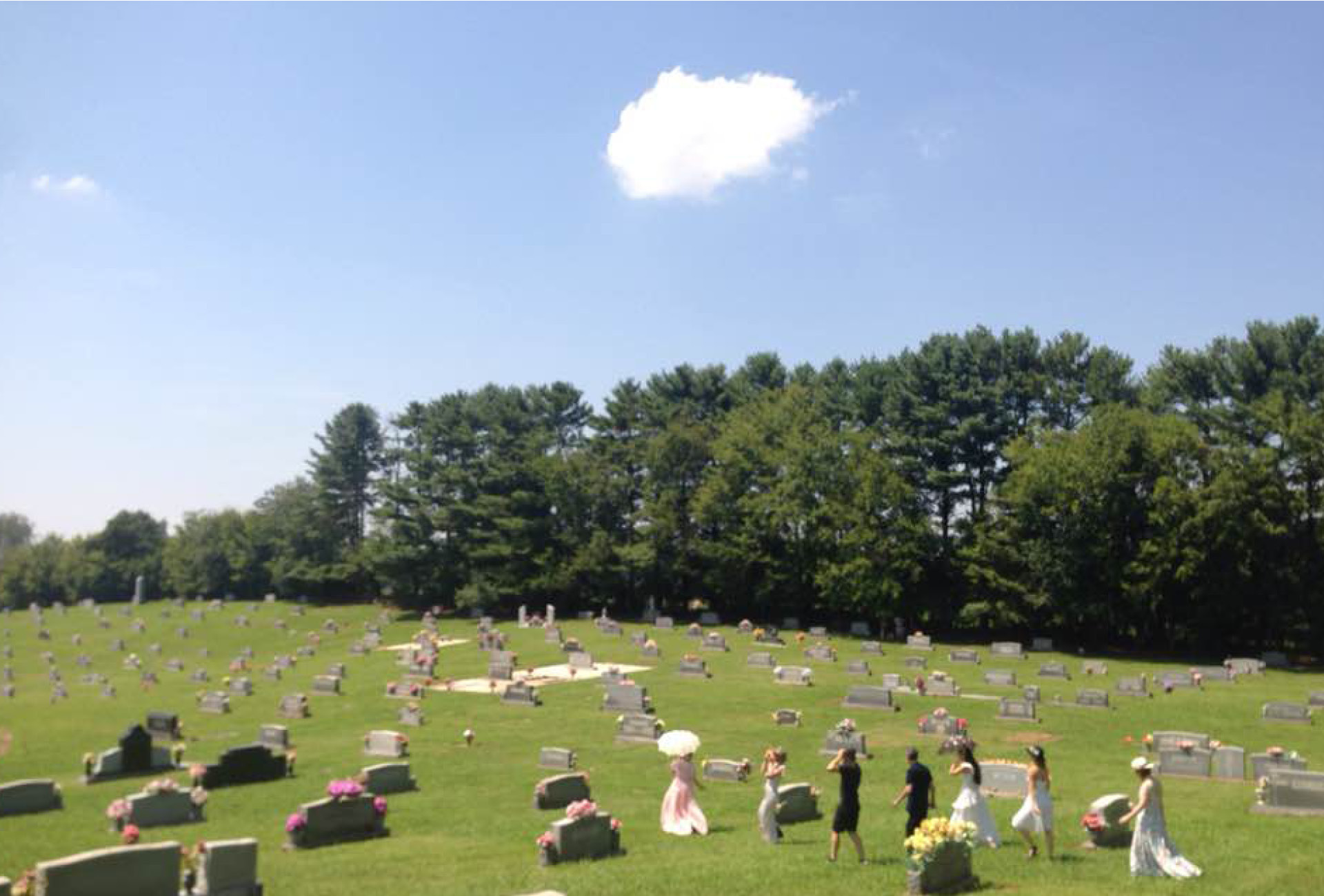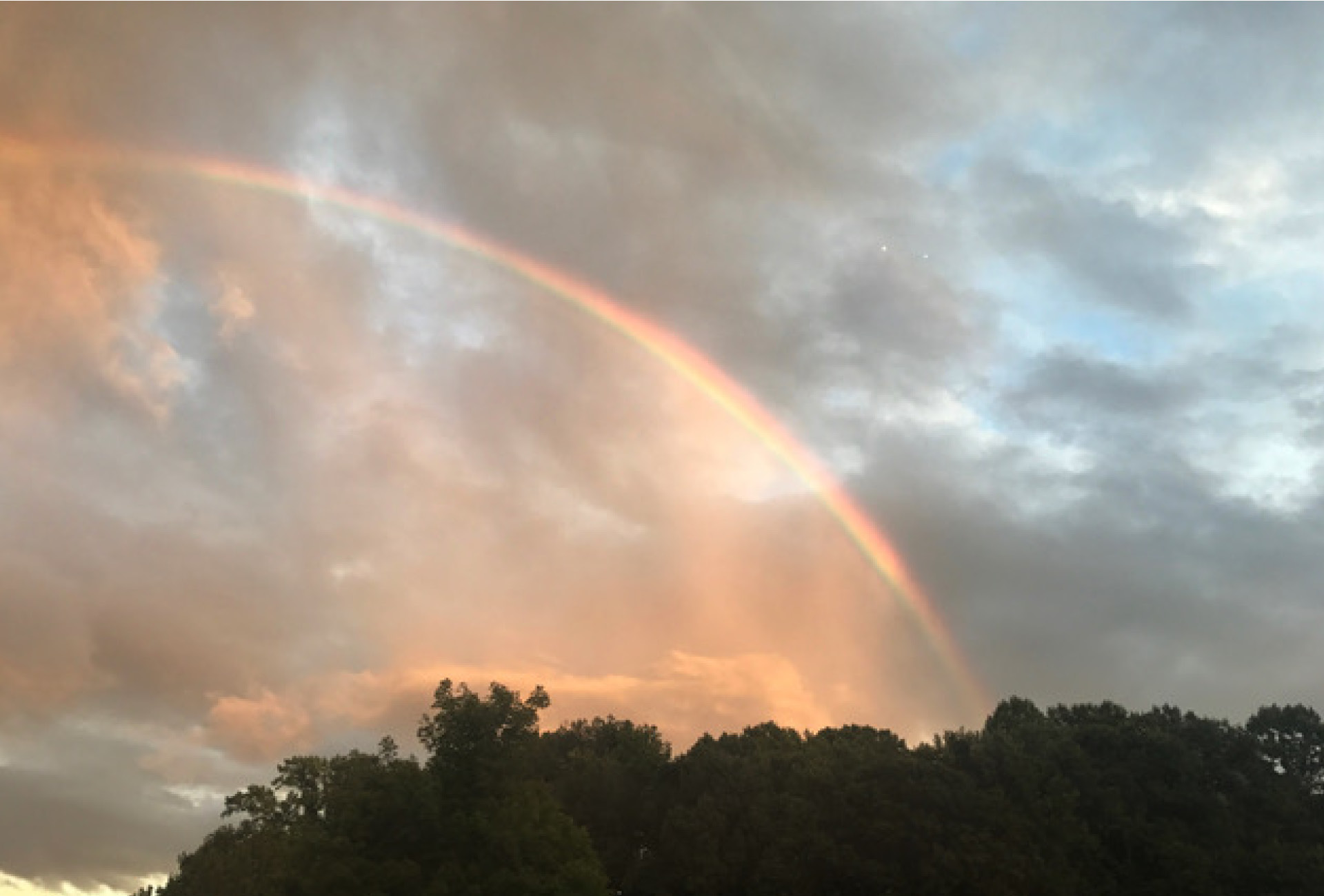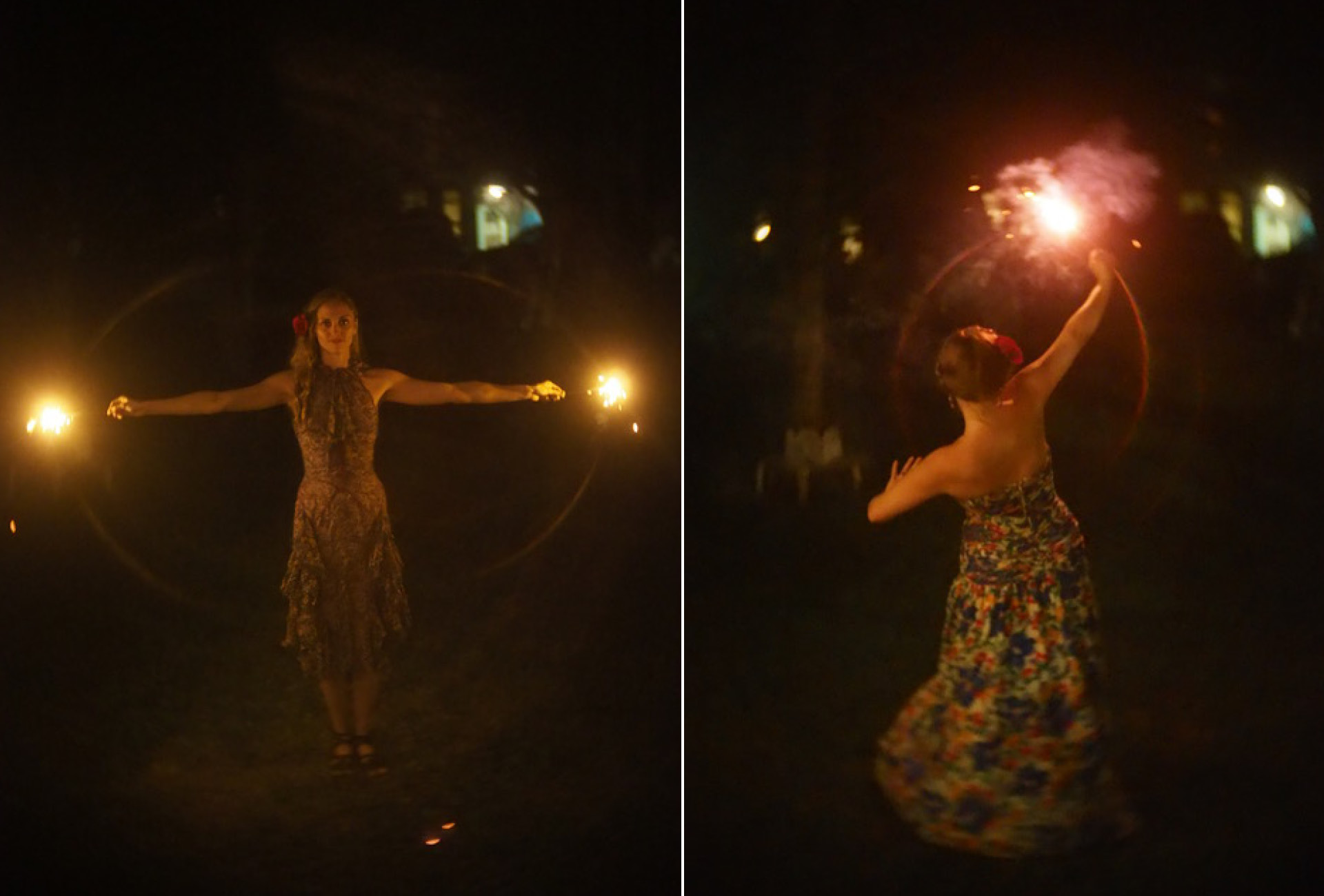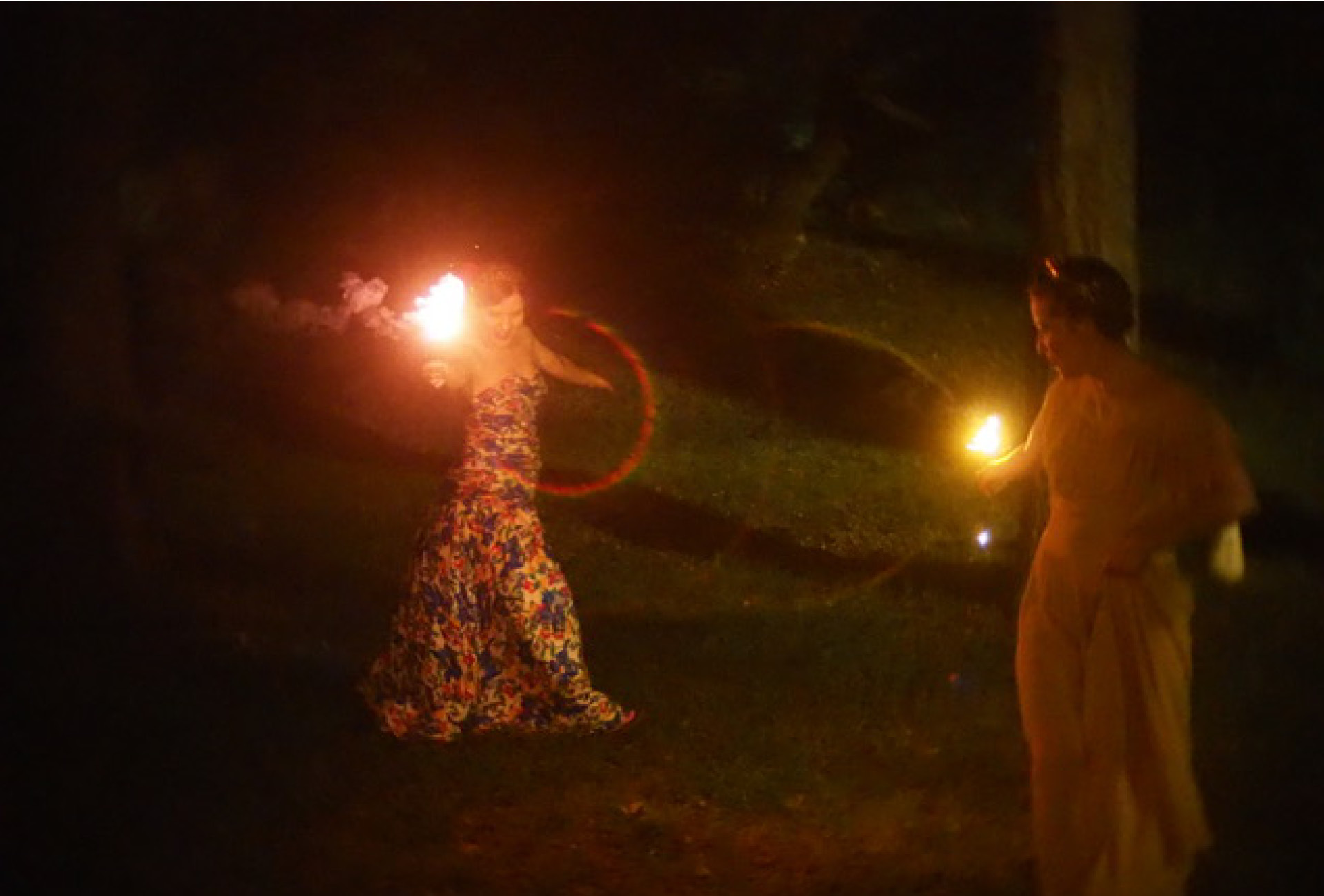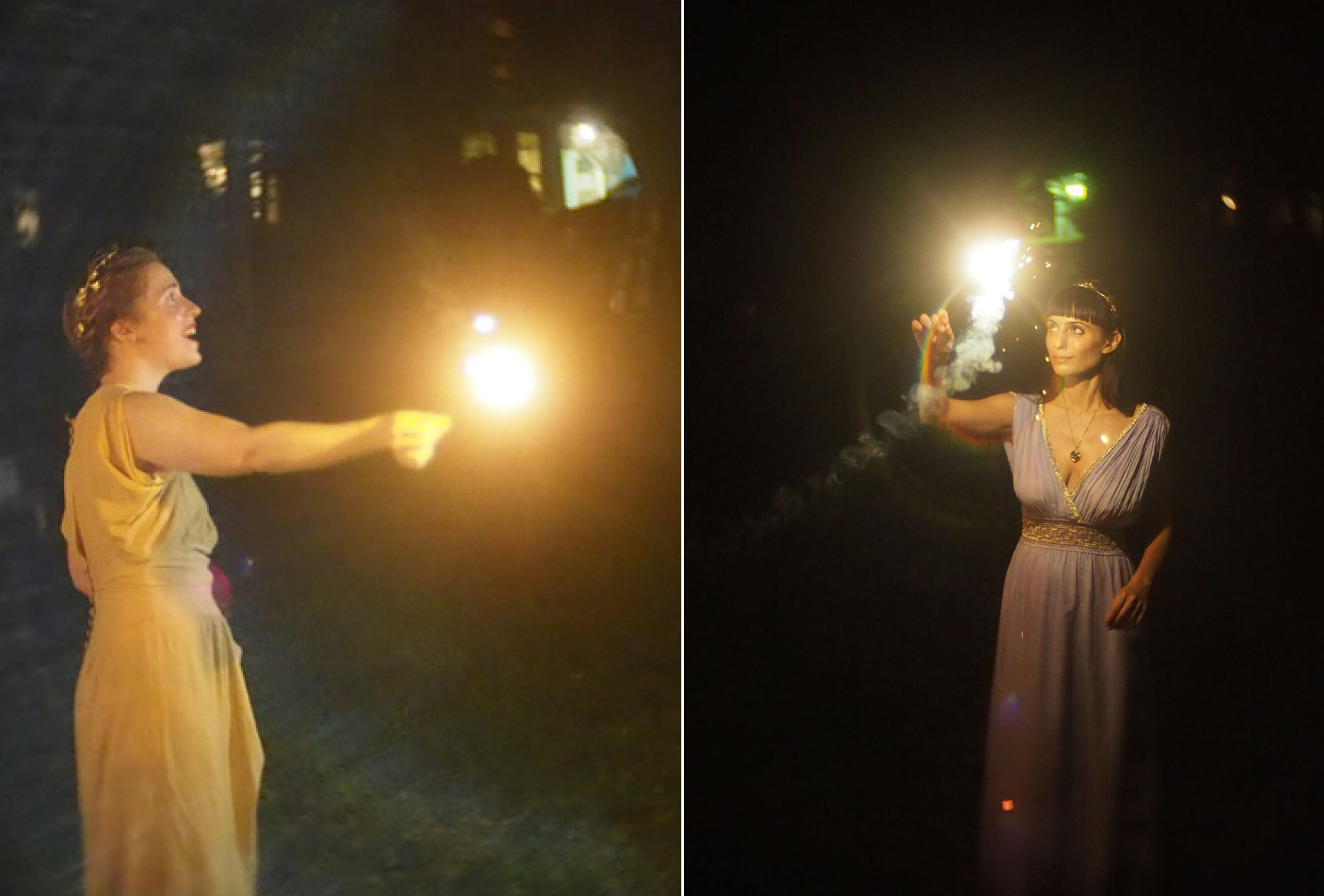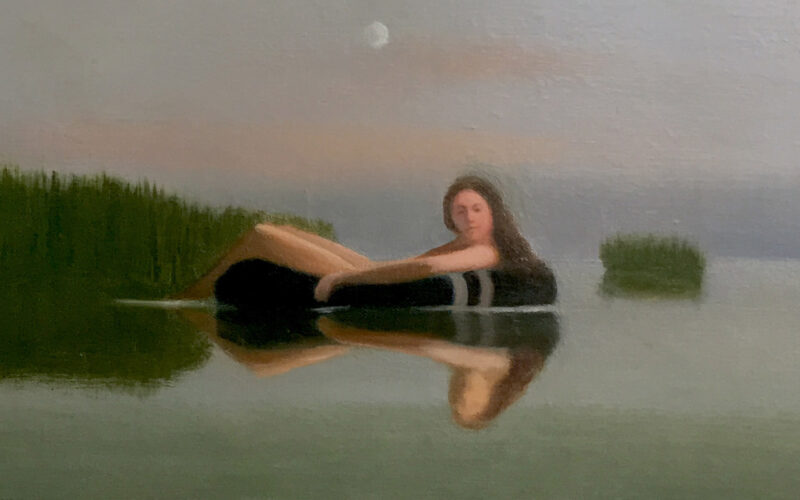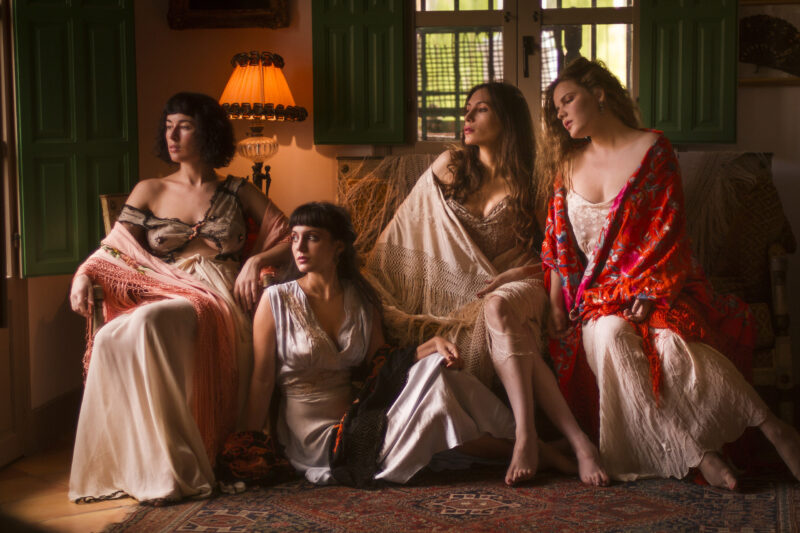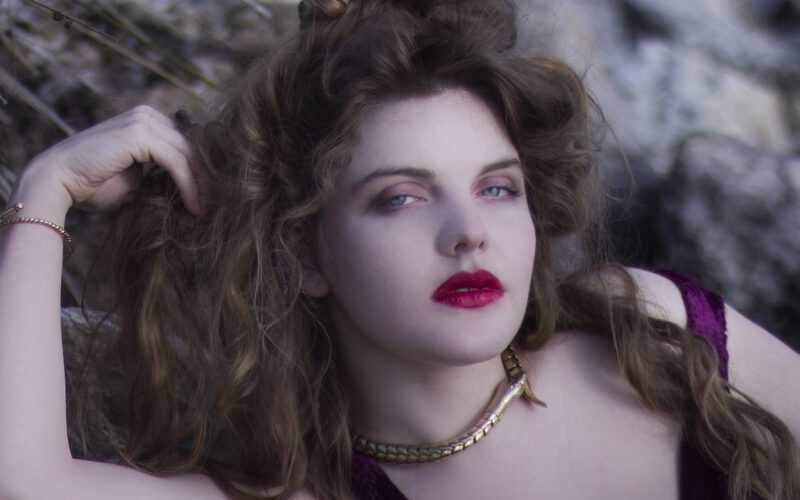Twenty-four hours after I returned from a two-month sojourn in Italy and Greece, I drove a solid thirteen hours to Greenville, Tennessee. I stopped to pee in Lexington, Virginia at the Pink Cadillac Diner. I could not eat the food. I could not drink the coffee. The Italian landscapes and Aegean waters that were seared into my retina had been quickly replaced by fried meatloaf and confederate flags. Driving at night after a transatlantic flight is like playing a virtual reality space game. And Europe and America are as mutually exclusive as a total solar eclipse.
It just so happens that the occasion for my drive was a total solar eclipse. This would be the first time totality had been seen in North America since 1979. To put this into perspective, let me say that the difference between a total solar eclipse and a 98% eclipse is the difference (literally) between night and day. At 98%, you can look through your pinhole camera or specialty binoculars to see a bewitching crescent sun. But this is nothing compared to being able to feast 100% of your naked eyes on the glowing oracle of your own mortality: a phantom moon-star that unleashes the screeching of crickets, the temporariness of life, the proximity of oblivion.
When I arrived in Tennessee, I was greeted by eight of my dotty girlfriends. We stayed in a Britton Doughty Mansion, a gaggle of mock Victorian psychopaths, each one a brilliant light, able to incinerate with a single gaze any noxious male in our midst. Men find their doom in the eyes of such women — they stare directly at the sun, followed by eclipsing darkness. In the same way, the cosmic eroticism of the sun denies its mortal beloveds an uninterrupted view. Apparently, it is only during the totality of an eclipse that you can look at the sun without your eyes being damaged. Then, the laws of nature cease to apply. The world is downcast with a deadly bruise. Attraction becomes frenzied melancholia. Day becomes night.
Greenville, Tennessee was located just outside the range of the totality by about a two-hour drive. We decided we should wade through debilitating traffic to a town normally only half an hour away, Lenoir City, Tennessee. We stopped at a Denny’s to change into gowns. It was business as usual, except for a pair of servers who had popped outside to gape at the budding transformation of the sun. We, too, transformed from a motley crew of sweaty girls into various rays of silk and lace. We armed ourselves with pagan parasols and pretzels, and hurried to our destination: a modern cemetery overlooking a lake. Concerns that we would be overwhelmed by countless other voyeurs were quickly put to rest; only the dead were there.
Indeed, you would not have known that the eclipse had already begun, but for the hype of the media. Such a thing in a minor state is invisible to us on earth. When you put on your solar eclipse glasses, you can see it. But to do this you must do something contrary to nature: you must stare directly at the sun. I myself was conflicted about whether even with so-called “solar eclipse glasses” (pieces of flimsy, colored cardboard with fine print warnings about the possibility of going blind) my vision wouldn’t be damaged irreparably. So afraid was I to look at the source of my own existence — so afraid of the possibility of gods — that I kept my glasses on at all times, even when the ladies frolicking around me did not fear to test their virgin vision on the grassy tombs or midrange sunlight.
I sat on a phallic-shaped gravestone, crouched low in its tall shadow, wondering if it would ever be safe to look — ever again? Sights for me turned to sounds, until I spied from the lower reach of my glasses a shadow sweeping across my entire view. It was the penumbra, the moon’s faint outer shadow. It came on fast, unlike a normal night, as if the specter of a divine fiddler were walking groundlessly around the solar system. It stopped over the earth, as if to ask, “What is this place?” The images of crescent moons that peppered our reflections turned to a complete purpling of the world. It was then that I removed my glasses.
How strange and enchanting to see something that it is impossible to see — the collision of human time, which, without us, would never have been divided into day and night. What is time but a single, continuous twilight marching on without compromise? The corona of the sun makes you realize the magic of the unlikelihood of magic. This realization can be timed. In our case, it lasted for two minutes and one second, during which, we watched the tiny moon effortlessly defend us from the fiery sun. The crickets may have felt insane, but human life was for this minute protected by something more profound than cardboard. The moon had buried the sun. It had stolen its light. This was a vision of the clarity of obscurity — at first calming, then nauseating. It was no longer clear if light or darkness was more powerful.
Afterwards, I immediately sought the predictable night of an unlit room. Staring at the sun even indirectly can induce an exhilarating headache, perhaps exacerbated by the worry that you may have been robbed of your eyesight forever. Later that eve in the safety of the common night, we set off sparklers and channeled the sun-moon with witchy energy — a solar panel of faeries, unhinged by freak nature. We had seen what no scientist wants to see. We saw the impenetrability of things. The sky entombed us with the dead. It said our fate is unknowable.

